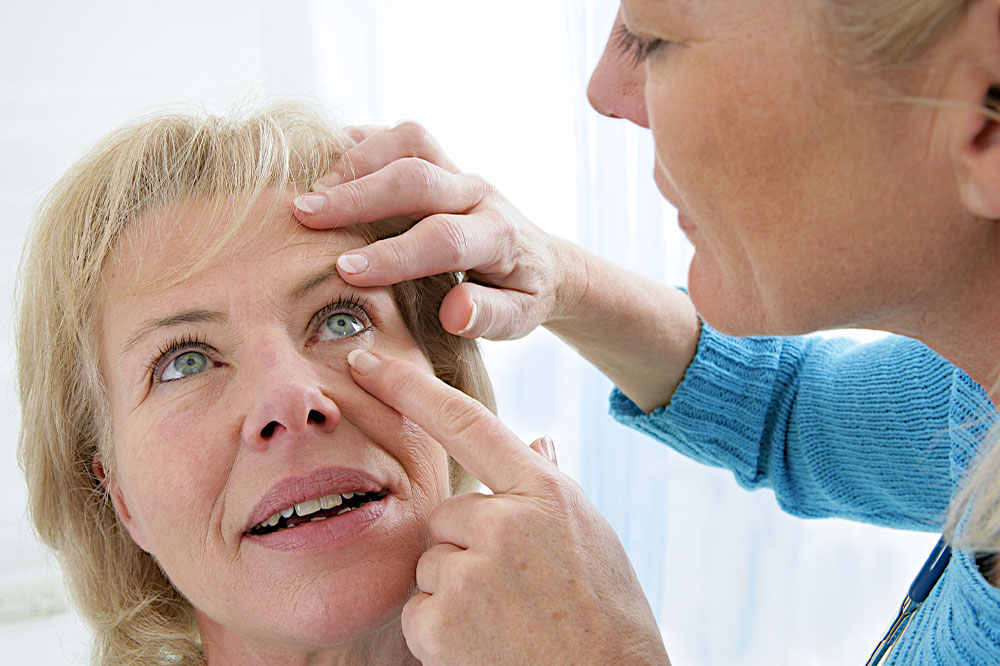
7 things to know about mental illnesses
Mental illnesses are health conditions that can cause changes in thinking, emotional states, and/or behavior. Such changes affect daily lives and the ability to function in private, social, family, and work settings. Nevertheless, mental illnesses, like other health conditions, can be managed with appropriate medical intervention, guidance, and care. Further, early diagnosis can help with management. Here are a few other things one should know about mental health conditions:
1. Mental disorders are common
Close to a billion people around the world live with a diagnosable mental disorder. Further, 1 in 5 people in the country may have a mental illness. While the prevalence of mental disorders varies with gender and age, anxiety and depressive disorders are the most common in both males and females.
2. Mental health exists on a scale
Living with mental health conditions does not mean one is mentally ill or healthy. Mental health exists on a complex continuum, with experiences ranging from an optimal state of well-being to mental and emotional distress. So, it is not defined by the presence or absence of a mental disorder. While those with mental health conditions are more likely to experience lower levels of mental well-being, this is not always the case. Similar to how those with physical health conditions can be physically fit, even those with mental health issues can have high levels of mental well-being.
3. Disorders can affect people of all ages
A mental health disorder can affect people of all ages, including children. Around 8% of young children (5 to 9 years) and 14% of adolescents (10 to 19 years) in the world live with a mental disorder. Studies indicate that half of the mental disorders develop by the age of 14, while three-quarters appear by the age of 24.
4. Poor living environment is a risk factor
There are various causes of mental health disorders, including poor living conditions. Further, regions where the natural environment is compromised, say, due to degradation in biodiversity, climate change, habitat loss, and pollution, may affect inhabitants’ mental health. For instance, studies indicate that the increase in air pollution may hurt the brain and increase the risk, duration, and severity of mental health conditions. There are various new terms to describe the psychological effects of environmental harm, like “climate change anxiety,” “eco-anxiety,” and “environmental distress.”
5. Various types of mental illnesses exist
Understanding common mental health problems and their symptoms could help one recognize the warning signs and seek help. Some of the most common mental health illnesses include:
Depression: Depressive disorder (depression) leads to depressed mood or loss of pleasure or interest in activities for extended periods. A few signs include poor concentration, disrupted sleep, and a lack of energy, which makes one feel constantly tired.
Posttraumatic stress disorder (PTSD): The condition causes feelings of stress and fear after a specific danger passes. These feelings could interfere with the daily lives of those affected and the people around them. Common signs of PTSD are:
– Flashbacks or reliving a stressful event
– A decline in interest in activities
– Feeling worried all the time
– Trouble sleeping
Obsessive-compulsive disorder (OCD): Obsessive-compulsive disorder (OCD) causes recurring, unwanted thoughts, ideas, or sensations (obsessions). This can make one feel driven to do something repetitively to get rid of those thoughts. A few common signs of OCD include the constant fear of contamination and excessive emphasis on hygiene, hoarding and counting things continuously, and extreme concern for personal safety.
Often, factors like chemical imbalances in the body, genetic factors, stressful experiences, and traumatic events can increase the risk of mental illnesses.
6. Diagnosis can take a while
While mental health conditions are manageable and there is often scope for improvement, the diagnosis may take a while. It might not always be clear when changes in thoughts and moods become severe enough to be classified as a mental health concern. For instance, a low mood could be normal, such as when one experiences an upsetting event. However, if the depressed mood continues to cause distress or affects normal functioning, one must seek professional help and an appropriate diagnosis. Sometimes, a family or friend might be able to recognize changes or problems that one may not see.
A mental illness may also cause physical issues or mimic other health issues, making. For instance, depressive symptoms may relate to a thyroid condition. So, a mental health diagnosis may consist of a full health evaluation, including a physical exam.
7. Disorders can be managed
The management options for mental health disorders depend on the severity of the symptoms and the impact on daily life. Mental health management typically involves a plan tailored to the individual’s needs. The plan may be developed by a team of professionals in consultation with the individual. Self-help and support measures are often part of the management to aid recovery, coping, and well-being. Lifestyle changes, like nutritious meals, regular exercise, and proper sleep, could also help with disorder management.
Often, managing mental illnesses is easier if one gets an early diagnosis. So, it is essential to keep an eye out for common signs. Further, one should speak to a healthcare professional if they experience any persistent changes in thoughts and mood or any signs of mental distress.




